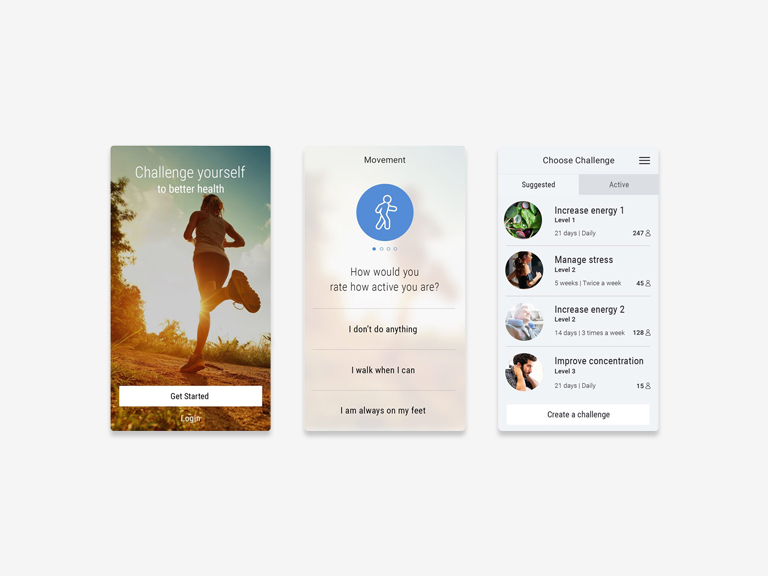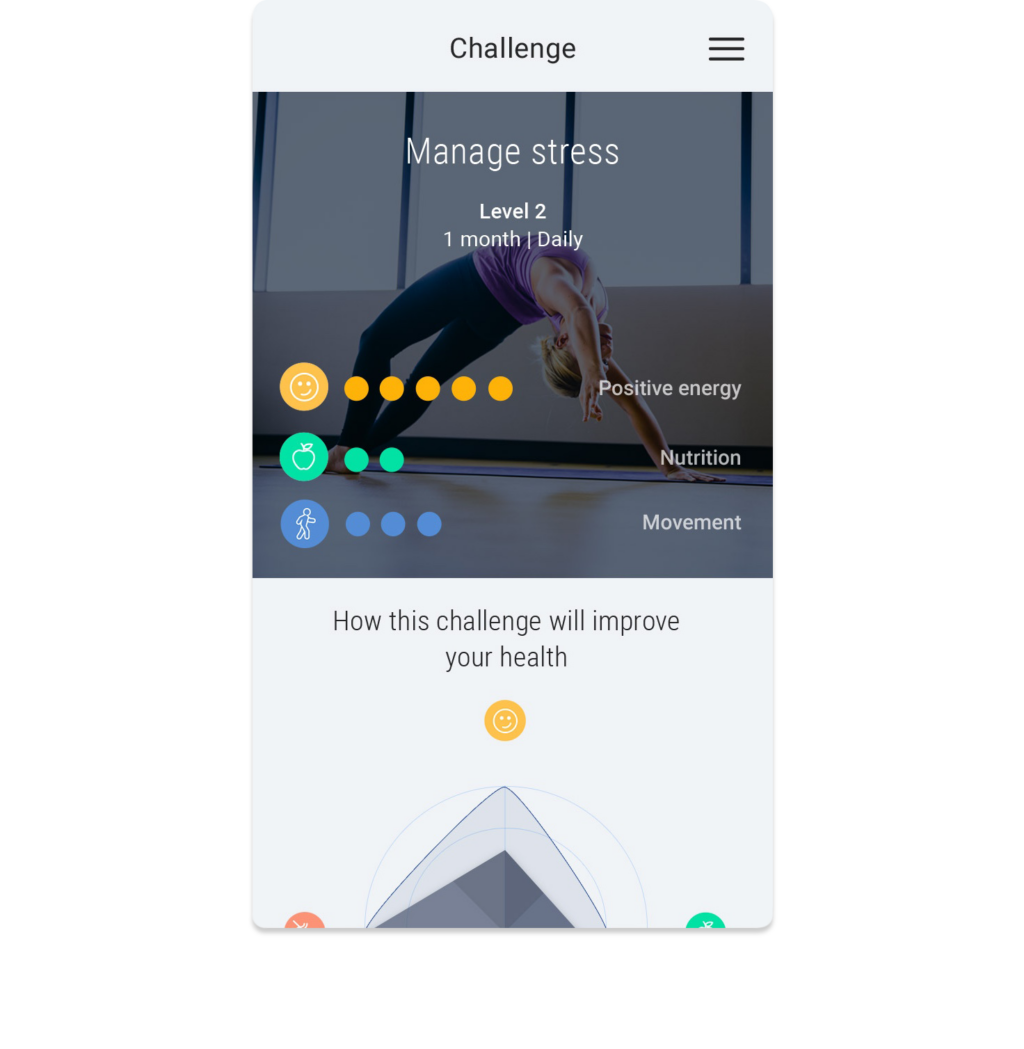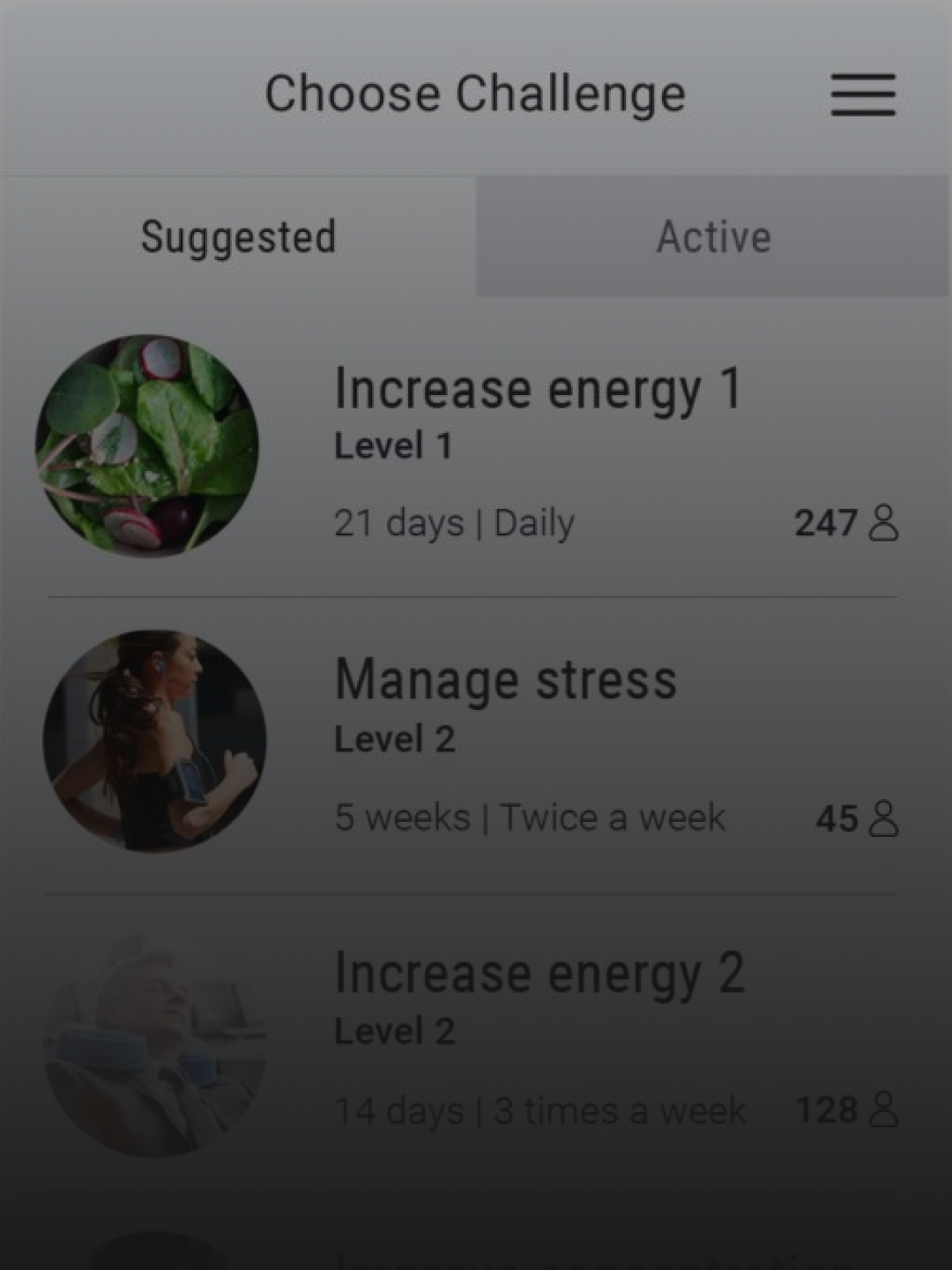

Behavioural change for good
In Western countries, the workforce is getting older. With life expectancy gradually going up and birth rates static, if not plummeting, pension ages are being pushed further towards the horizon.
In countries such as the UK, this poses a massive problem: as life expectancy is increasing, so are the years spent in bad health (according to the Office for National Statistics). As a result, the way the world engages with health and wellness is changing rapidly, particularly at work. Now, more than ever, building and sustaining a healthy lifestyle over time is key, not only for individuals but for organisations.
Loyalty in the digital age
Sick leave costs UK employers £29 billion a year
Maintaining a healthier lifestyle has obvious benefits: active people with a balanced diet are less likely to get ill. Even if they do, they can recover better and quicker, and are generally at a lower risk of contracting long-term illnesses.
While individuals may not be completely aware of the impact that their daily behaviours have on their own health, companies have come to understand on a macro level that, based on significant evidence, the key to a success is an inspired, engaged and healthier workforce.
These new perspectives bring significant challenges, and great opportunities, for both employers and employees to change mind-sets, and contribute to healthier communities at work.
So how can digital employee experience design help in getting employees to embrace healthier behaviours? The challenge we set ourselves at Else was to create an intuitive digital platform for any company looking to engage long-term with their employees on their health and wellbeing.
Promoting behaviour change through digital
What makes us healthier? What we eat, how much we exercise, how we feel about ourselves and the environment we work in. In the past, these four pillars have been considered in isolation. But we were struck by how each influenced the other and how we might promote all four at once.

If we provide enough information and incentives, will people make the right decisions? We think we need to do more.
We want to change the context in which choices are made, and be proactive in nudging new behaviours. We have to create an environment where employees have the capability, motivation and opportunity to change.
So many factors impact our health. Some, such as genetics, are beyond our control. Others, like what we eat and how much we move, are deliberate choices that affect our health every day. Since Aristotle and Plato, the debate has been raging about how habits are formed.
At ELSE, we have focused on four key dimensions, through which individuals can achieve behavioural change:

- Stop – Cessation of existing bad behaviours e.g. stop smoking, drinking
- Avoid – Prevention of undesirable behaviours e.g. inactive lifestyle, smoking, drinking
- Start – Adoption of new good behaviours e.g. start exercising, eating well
- Maintain – Maintenance of good behaviours e.g. keep an active lifestyle, healthy diet
Understanding your mindspace
The MINDSPACE behavioural model highlights a set of variables that can be leveraged in nudging new behaviours.

We are influenced by who communicates information
The more employees can identify with the messenger, the more effective the message will be.
Instead of having mangers communicate the benefits of the program, low- to mid-level employees, who have a stronger connection with the grassroots of the company, should promote the desired behaviours.
Digital employee experience design can help in building the relationship with messaging tools and social capabilities, to engage one-to-many and allow the community to get involved.

Our responses to incentive are shaped mental shortcuts
We know that people are more sensitive to losses than to gains. As such, discount and rewards should be offered to workplaces in a loss frame: “Lose out on a £60 gift card annually if your workplace is not smoke free.”
Digital vouchers can be handed over at the beginning of the year but revoked if certain conditions are not met by the end of it.
We are strongly influenced by what others do around us
Let workplaces know factually, how well they are doing and how they can improve.
“Your workplace has 50 percent more chance of heart diseases than other workplaces like yours. We can help in reducing the risk”
“90 percent of people that walk 7,000 steps a day reduce their risk of cardiovascular diseases by 50 percent”
Gathering collective data and displaying it in the user context gives a stronger sense of reality to the behaviours that we want to achieve.



We "Go with the flow" of preset options
To lower the cost of adoption of the system the default status is very important.
Any new employee should be automatically opted-in to use the digital app / service and must opt-out if they do not or will not use them.
Our attention is drawn to what is novel and seems relevant to us
The service should always feel as a gateway to self-improvement, tailored and personalised to our needs.
The digital service should assess the user’s health level and provide relevant and personalised entry points.

Our acts are often influenced by subconscious cues
Direct and subtle references to the program should be disseminated in the workplace.
A team performance update should be pushed every week to all the employees, whether they joined the service or not, subtly leveraging peer pressure and the fear of missing out.
Our emotional associations can powerfully shape our actions
People are more likely to do something if it feels worthwhile.
Personal and team achievements should be displayed against health benefits, to reinforce the idea that the effort is worth it.
Emphasis should be put on the display of incremental progress and improvement.


We seek to be consistent with our public promises
People are more likely to enact behaviours if they publicly commit to doing them.
Commitment to team challenges and goals should be publicly showcased.
We act in ways that make us feel better about ourselves
Make people feel good about themselves, through personal praise and recognition for the effort undertaken, whenever an achievement is reached.
Digital rewards and badges could be awarded for progress and users should be able to proudly showcase them.

Setting the principle
Before engagement comes increased awareness. Here the messenger is as important as the message: research shows peers want to share among themselves, not to be talked down to from above.
It’s also about community: a sense that we’re in it together. This ties the intrinsic connection between staff wellbeing and workplace health directly back to the future of our business.
The more we foster involvement, the more we inspire collective responsibility, to inspire positive action.
In our final analysis, it’s not the data that matters most to employees. They want to understand how their hard work is paying off. Which means we need to chart outcomes and convert participation to recognisable, tangible benefits. “You have improved concentration, you are sleeping better”.
And the way we sustain engagement? By encouraging employees to actively participate: get everyone going on a mission that works for them.
To deliver this awareness, engagement, community and tangible change, we defined four key experience principles for the platform:
Open and active

Outcome-oriented

Personally respectful

Professionally mindful

Four key experience principles
Delivering awareness, engagement, community and tangible change

Open and active

Outcome-oriented

Personally respectful

Professionally mindful
Else briefing
Don’t miss strategic thinking for change agents
One more step
Thanks for signing up to Else insight
We’ll only email you when we release an update.
Please check your email for a confirmation link to complete the sign up.
You’re all set
Ah! You’re already a friend of Else
You won’t miss any of our updates.
In the meantime, please enjoy Our Insights
Shared perspectives
Don’t miss strategic thinking for change agents
Find ideas at your fingertips with Else insight.
Here to help